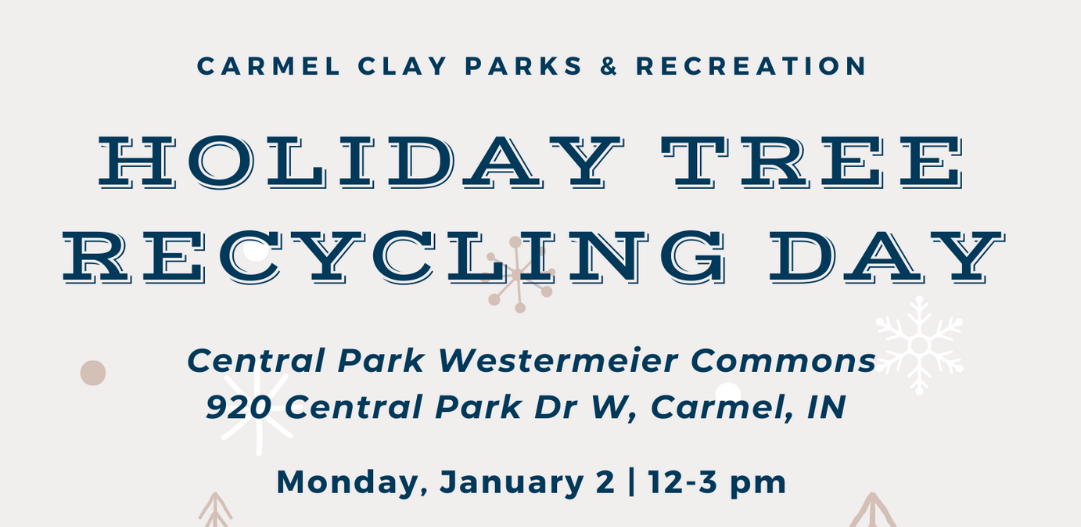
CCPR’s Guide to a More Sustainable Holiday
The approaching holiday season brings with it a lot of cheer, family time, and delicious meals. But did you know that it also brings about an incredible amount of waste? Between Thanksgiving and New Year’s Day, Americans throw away a million extra tons of garbage each week, including holiday wrapping and packaging. We also use more electricity on holiday lights than some countries use in an entire year. It may seem like a big problem to fix, but with enough small changes, we can make a measurable impact. Here are 6 tips for a sustainable holiday:
1. Wrap your gift with a gift.
Most wrapping paper you find in stores is not recyclable because of the shiny coatings, foils, and colors, and therefore ends up in landfills. You can get creative by making your own wrapping or go without it! Wrap presents with paper from grocery bags, the comics section of a newspaper, or children’s artwork. Use a scarf, attractive dish towel, bandana, or some other useful cloth item that is a gift in and of itself. Do you have a gift with many small parts or pieces? Use a glass Mason jar with some twine for décor!
2. Decorate your home with LED lights.
Thanks to technology, you can now decorate your house with LED lights that use 90 percent less energy than conventional holiday lights and can save your family up to $50 on your energy bills during the holiday season! As a bonus, LEDs release little heat, and they last about 200,000 hours. In the unlikely event that one does burn out, the rest of the lights keep on glowing. According to a U.S. Department of Energy study, if everyone replaced their conventional holiday light strings with LEDs, at least two billion kilowatt-hours of electricity could be saved in a month. The savings would be enough to power 200,000 homes for a year!
3. Stuff stockings with treats or sustainable gifts.
Stocking stuffers tend to be small, plastic trinkets that end up broken, lost, or in the garbage by the end of January. Instead, fill your stockings with delicious healthy treats like dried fruit, nuts, Clementines, or homemade baked goods. You can also stuff stockings with small eco-friendly items such as stainless steel straws, reusable sandwich or produce bags, or a zero-waste to-go kit!
4. Add in-season and local foods to your holiday feast.
Add local foods to your holiday feast. Support Local family farmers who grow sustainable meat and produce. Not only does local, organic food taste better, but you will be supporting local business owners and neighbors. There are numerous local farms right here in Hamilton County that would be happy to welcome your business this season! Make a trip to the winter farmer’s market to plan your holiday meals around produce that is in season. Fall squash and potatoes can keep in a cool and dry location until mid-winter.
5. Give experiential gifts.
Returning unwanted gifts is not only inconvenient it is bad for the environment! Extra driving to stores around town and wasted plastic and paper packaging contributes an extra 15k pounds of CO2 during the gift giving season. Let’s be honest, does more stuff make us happier? Leisure psychology research shows us that experiences make us happier than possessions. What are some good examples? A good book, concert tickets, or zoo/museum membership! Depending on the person’s interest, a Monon Community Center membership or a personal/professional development course voucher may be right up their alley. Give the gift of quality time by planning a homemade dinner and game night or a day trip to new town.
6. Buy a real holiday tree.
Buy a real tree and then recycle your tree at the end of the holiday. Buying a real holiday tree is more eco-friendly than having a reusable fake tree. Real trees are a renewable natural resource. During the time it takes a tree to grow, it is absorbing carbon dioxide, filtering the air, and releasing oxygen. It also provides habitat for songbirds and other wildlife.
After you are finished using your tree, recycle it! Each year, 10 million holiday trees end up in landfills. Unfortunately, we find quite a few each year in our parks. While it may seem that a tree is natural and may decompose in a park, these trees are often unfit for the park’s habitat, create harmful debris, and affect wildlife.
This season, we want to invite you to responsibly recycle your tree with Carmel Clay Parks & Recreation! On Sunday, January 2, visit Westermeier Commons in Central Park to drop off your decoration-free holiday tree to be mulched and receive some treats as a thank you! More information can be found in our Winter/Spring 2023 Program Guide below.
2023 Winter/Spring Program Guide
Conclusion
This holiday season, consider being more sustainable and adopt a few (or all!) of these suggestions. Not only will you feel better about doing your part for the environment, but it may save you some money as well.
Happy Holidays from your friends at Carmel Clay Parks & Recreation!
